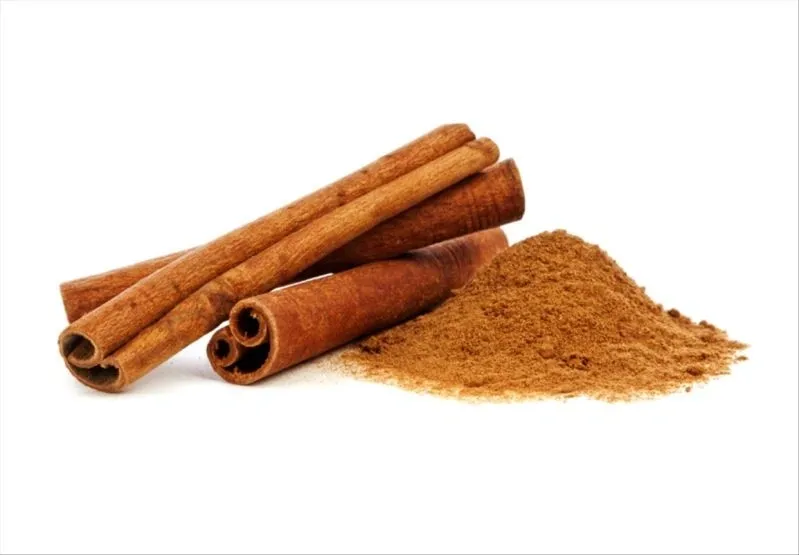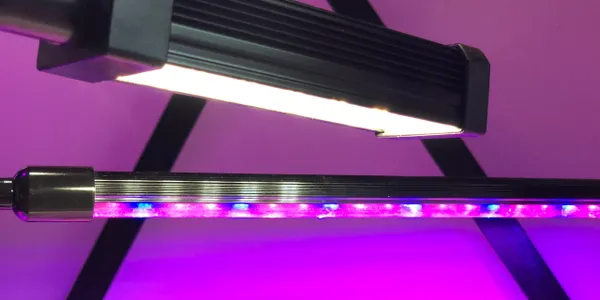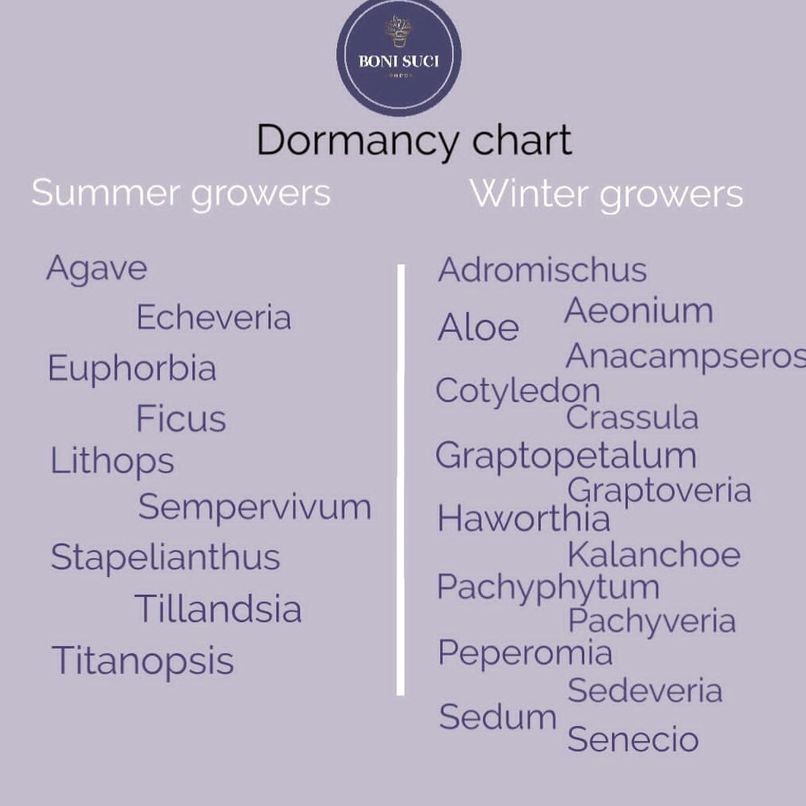Succulents comes from the Latin word “sucus” which means juice or sap.


CHOOSING THE RIGHT POT FOR YOUR SUCCULENTS
To keep your Succulents healthy and growing, choose the right pot.
Drainage:
Drainage is the most important thing to consider when choosing the right pot. Succies don’t like to sit in waterlogged soil, so drainage is essential to prevent root rot. A drainage hole allows excess water to escape.
You can drill a drainage hole in a non-draining pot, put a layer of rocks at the bottom does not add drainage. It forms large pockets in which water collects and breeds bacteria.
Size:
Use a container large enough to allow the plant to grow, but be sure it’s not oversized, 5-10 per cent larger than the plant’s size. Select pots that allow no more than an inch or two of extra room around the sides. If the pot is too large, the fragile roots will spread before the plant has time to grow. A pot that is too small will leave no place for the roots to spread. When your Succulents roots reach the bottom and sides of the container and don’t have a lot more room to spread out, your plant will produce new top growth above the soil instead.
Material:
Terracotta or ceramic (both clay) are breathable, encouraging proper water drainage and air circulation. These containers are porous and dry out quickly due to moisture loss from the outside.

POTTING SOIL
Choosing the correct potting soil for planting succulents in containers is essential.
The roots, stems, and leaves of succulents all store water and easily cease to root rot. The roots require oxygen, and a light mix, well-aerated, also drains well to prevent overwatering.
RECOMMENDED SOIL MIX :
Option 1.
1/3 John Innes No2 /( potting soil)
1/3 Pumice or Perlite
1/3 Horticultural Grit or Coarse sand
Option 2.
1/3 John Innes No2
2/3 Pumice
Option 3.
1/3 potting soil – ORGANIC
2/3 recommended gritty stuff – MINERAL
>>>>>>>>>>>>>>>>>>>>>>>>>>>>>>>>
ORGANIC Elements:
potting soil, compost, coconut coir, pine bark
MINERAL Elements:
coarse sand, perlite, volcanic rock, fine gravel, chicken grit, kat litter…..
>>>>>>>>>>>>>>>>>>>>>>>>>>>>>
PERLITE:
It is light, a granular, white, puffy volcanic glass, and is affordable to purchase. Perlite is commonly included in most mixes for Succulents and is an excellent addition to the soil mix. Because perlite is porous, it does allow excess water to drain quickly.
Cons: Perlite floats on top of the soil when watered and blows around. Hence, it’s best to use it with top dressing.
PUMICE:
Ideally used pumice is organic, light, porous material formed from lava. It releases moisture slowly, and at a steady rate, tiny pores on the surface act as a microscopic reservoir to store water and nutrients.
It helps to aerate the soil. It doesn’t decompose, rot, form drifts or blow elsewhere.
AKADAMA:
Akadama is one of the best quality soil mix components you can use to grow Succulent. Japanese Akadama is volcanic clay, providing the right balance of water, air and nutrients. It contains large volumes of minerals due to its volcanic origin.
BONSAI JACK:
Super light, the gritty mix has giant pores that keep it from ever retaining too much water. It’s a great and cheaper alternative to Akadama.
COCONUT COIR:
This substrate is made of fibres coating the shell of a coconut. Coconut coir absorbs water easily yet still drains well. Suggested for outdoor use as it doesn’t dry out fast enough.
PINE BARK:
It provides an organic element and holds water, but it has air pockets for ventilation.
CRUSHED GRANITE:
Allows the water to flow among all the particles.
COARSE SAND:
As an amendment, it works incredibly. Don’t use salty beach sand.
CHICKEN FLINT GRIT AND SANICAT PINK LOW DUST CAT LITTER:
A cheaper alternative to grit and works excellent.
LAVA ROCK:
Lava is a fantastic option to add to any soil mix. It is volcanic, contain minerals and micronutrients. Mostly, it’s great for all hardy Succulent plants such as Sedum and Sempervivum as well as on the topsoil in terracotta pots. Lava rock is found in various colours (brick red, pink, grey or dark charcoal).
VOLCANIC ROCKS:
As rocks decompose, they release certain minerals and chemicals into the soil. Essentially, they add valuable nutrients to the soil that, in turn, feed plants. Volcanic Rocks also provide aeration to the soil.
VERMICULITE:
Since vermiculite acts like a sponge, (it can absorb 3-4 time its volume when water is added) and absorbs more water than perlite, doesn’t aerate the soil. When it’s wet, it is very soft and crushes easily. Vermiculite that has gone through a few wet-dry cycles turns into mud. Therefore, only a handful amount is recommended.
_____________________
Do not use pre-bagged potting soil with added fertilizer as its usually not the right nutritional balance for succulents and has too much organic material to dry out quickly. Cacti&Sucullent Potting Mix is not recommended without extra additives for growing your succulents.
When using gritty materials such as lava rock and is covered in much dust, it can clog the soil. Therefore, you should rinse it with water before using it.
Repotting:
All plants have various time frames for when they mature out of their current pot, but most plants should be repotted within 12-18 months. Over time, the soil becomes compacted and depleted of nutrients. That’s why it is essential to give it a little boost for both indoor and outdoor potted plants.

TOP DRESSING
You can get creative and add any decorative dressing such as Bonsai Jack, crushed rock, Cobbles and pebbles, crushed charcoal, crushed lava, Mexican beach pebbles, White Criva, coarse sand, gravels, green moss and many others.
Adding these beautiful rocks not only looks fantastic, but it’s beneficial as well! The top dressing help keeps the soil in place when watering.

Benefits of CINNAMON
Sprinkling cinnamon on the soil surface is very beneficial. Cinnamon is antifungal, antibacterial, has natural rooting hormones and importantly, can control pests like black ants.
Ideal for Greenhouses.
Useful Website:
https://www.feathersinthewoods.com/2014/05/spice-it-up-why-plants-love-cinnamon.html?m=1

Lighting
Light and temperature are really the main factors to grow healthy and colourful Korean succulents.
Succulents imported from Korea tend to be more colourful because they are bred that way. All of them are sun-loving plants, so they require plenty of sun, and most of them prefer bright direct sunlight. When you achieve this, your succulent will produce the best possible colour.
IF YOU RECEIVE YOUR NEW SUCCULENTS, PLEASE INTRODUCE THEM TO THE FULL SUN GRADUALLY!
GROWING SUCCULENTS INSIDE:
If you grow your Korean succulents indoor, under growing light, you must pay close attention
due to the balance needed between sunlight and darkness for photosynthesis. You should not leave your succulents under growing light 24/7. We recommend 8-12 hours a day. Please remember, all succulents require a minimum of 6 hours per day of darkness which is good for their health.
TEMPERATURE REQUIREMENTS:
Cold nights and decent airflow are also crucial to their shape and colour, so make sure that they rest at night in a cooler room or a windowsill during winter.
Temperature is a big factor in stressing too. The coldness can produce very light pastel colours, and hotter temps give you a deeper colour.
.
RIGHT DISTANCE:
A distance between succulent and growing light also depends on the plant’s tolerance to heat and light.
ROTATING SUCCULENTS:
Do not let your succulents sit at just one angle of the light source. Rotate your plants often, so each side of them has the same amount of light.
GROWING LIGHTS:
Growing lights imitate sunlight in conditions where there is not enough sun or you prefer to keep your succulents in a controlled setting.
OUR PREFERENCE:
We prefer LED white grow lights, as LED lights do not raise the temperature. There are many types of grow lights that you can choose from online shops depending on your specific succulent’s amount and needs. UV light is harmful to succulents same as to humans.
OUTDOOR OR INDOOR?
If you provide the correct amount of light, you can grow Korean succulents under growing lights just as good as you would outside in real sunlight.
If your window is full of sunlight all day, then your succulents can survive well, even in winter, without growing light.
During winter, succulents often do not get adequate light, developing an etiolated growth pattern and fading colour. It’s quite a common issue, mainly if you let them inside without growing lights.
—————
How can I make my succulent more colourful?
Useful Website:
.https://mountaincrestgardens.com/blog/using-sunlight-to-get-colourful-succulents/
